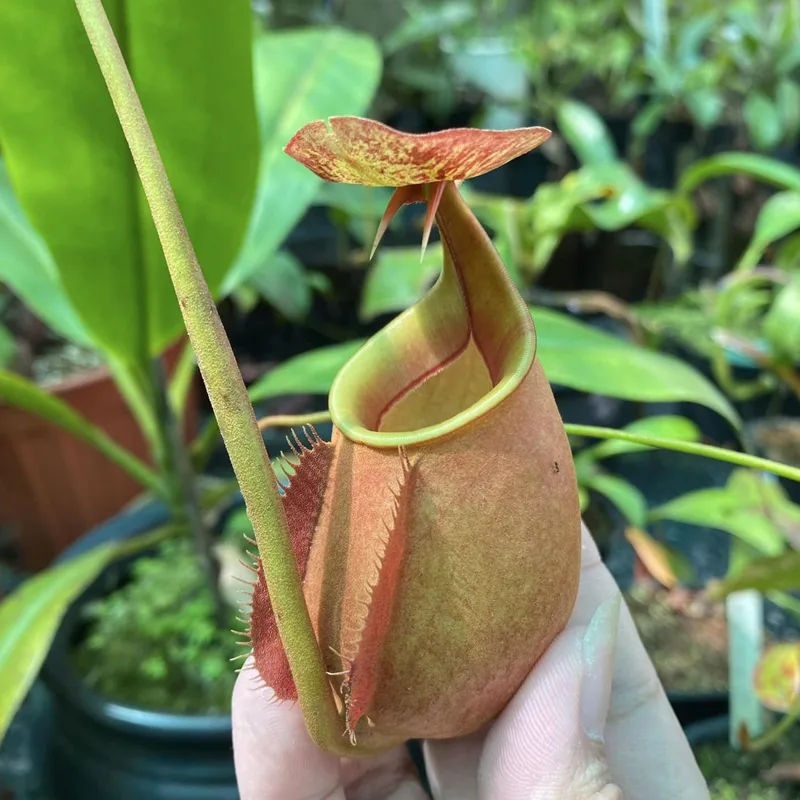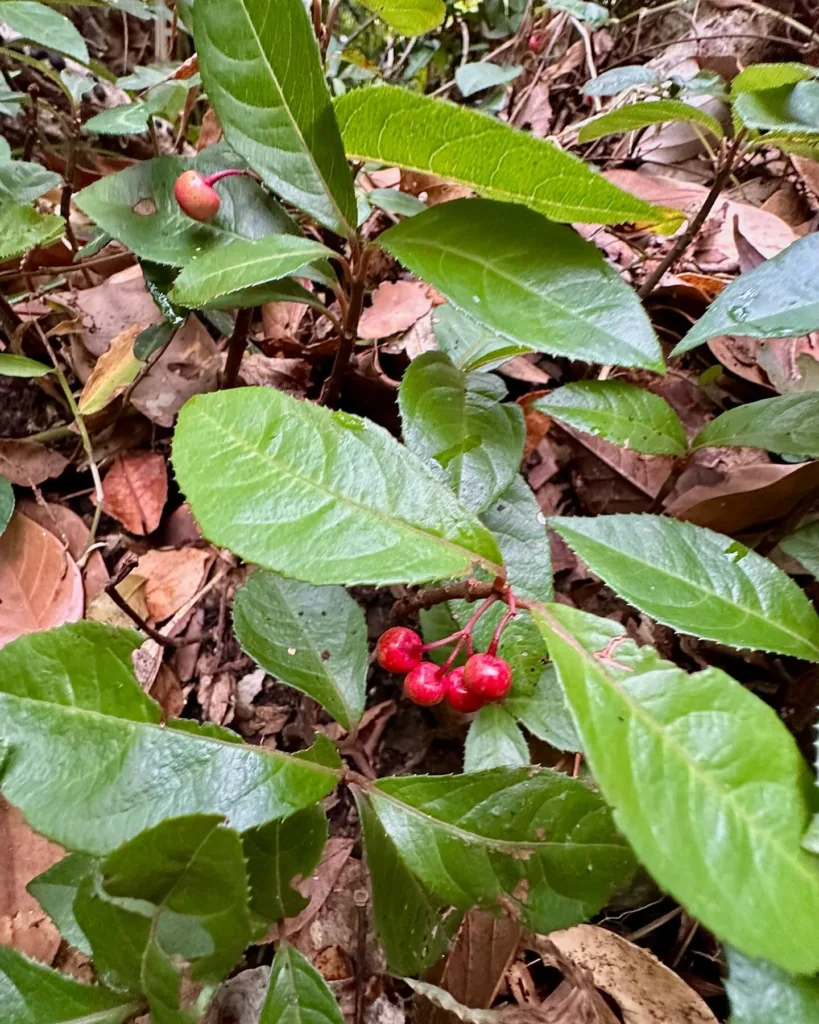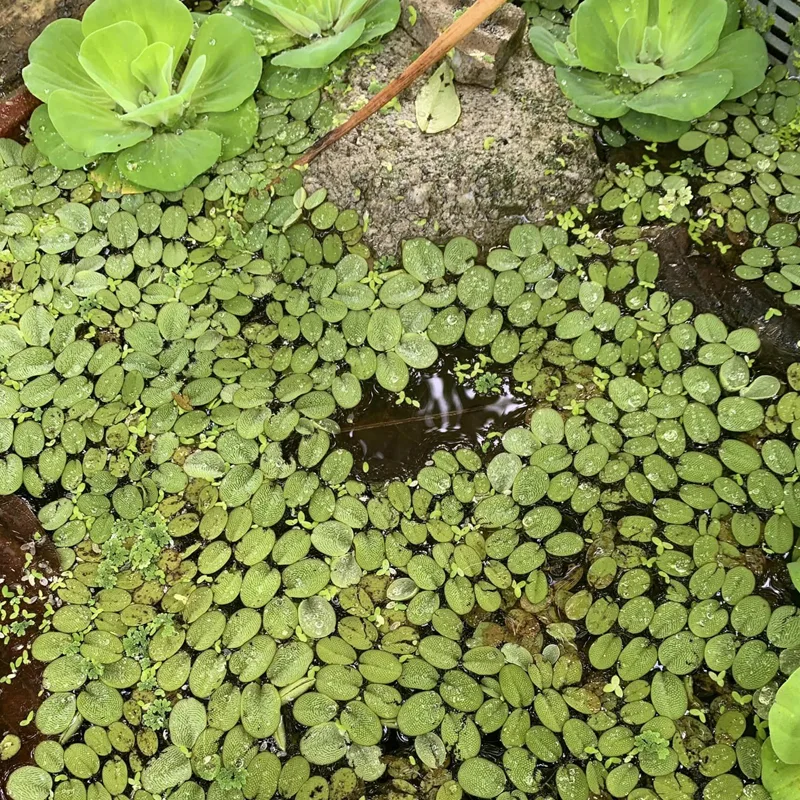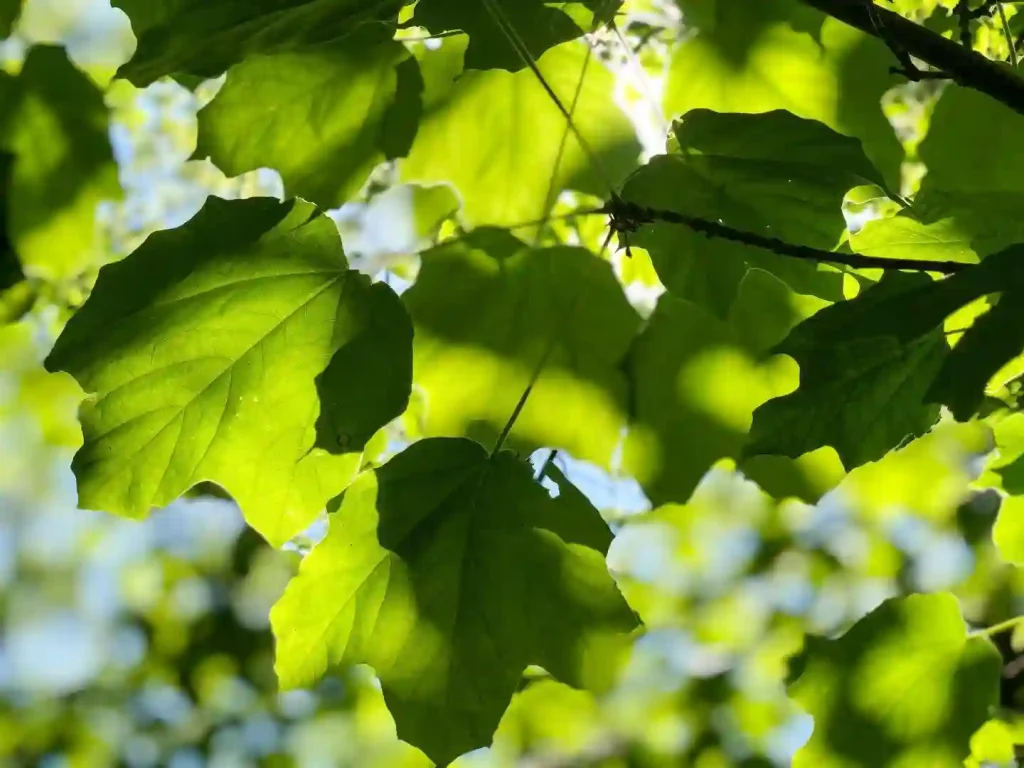The Humble Centella: A Closer Look at an Unassuming Genus
My name is Ferb Vu, and I’ve always been fascinated by the natural world, particularly the often overlooked plants that possess incredible properties. One such plant that has captured my attention is the Centella, a genus of flowering plants belonging to the Apiaceae family. While it might not be as flamboyant as a rose or as majestic as an oak tree, Centella has a quiet resilience and a wealth of benefits that make it truly remarkable.
A Diverse Family with Global Reach
The Centella genus is surprisingly diverse, encompassing over 50 species. These species are spread across tropical and subtropical regions of the world, thriving in a variety of habitats, from wetlands and marshes to grasslands and forests. This adaptability is a testament to Centella’s hardiness and its ability to flourish in different environments.
- Centella asiatica: Perhaps the most well-known species, commonly known as Gotu Kola, this plant is renowned for its medicinal properties and is used in traditional medicine systems across Asia. Plant FAQs: Pennywort – Centella Asiatica
- Centella cordifolia: This species is characterized by its heart-shaped leaves and is found in various parts of Africa.
- Centella erecta: Native to North America, this species is known for its erect growth habit and is often found in wetland areas.
- Centella villosa: This species is distinguished by its hairy leaves and stems and is found in parts of South America.
- Centella abbreviata (A.Rich.) Nannf.
- Centella affinis (Eckl. & Zeyh.) Adamson
- Centella annua M.T.R.Schub. & B.-E.van Wyk
- Centella brachycarpa M.T.R.Schub. & B.-E.van Wyk
- Centella caespitosa Adamson
- Centella calcaria M.T.R.Schub. & B.-E.van Wyk
- Centella callioda (Cham. & Schltdl.) Drude
- Centella capensis (L.) Domin
- Centella cochlearia (Domin) Adamson
- Centella comptonii Adamson
- Centella coriacea Nannf.
- Centella cryptocarpa M.T.R.Schub. & B.-E.van Wyk
- Centella debilis (Eckl. & Zeyh.) Drude
- Centella dentata Adamson
- Centella didymocarpa Adamson
- Centella difformis (Eckl. & Zeyh.) Adamson
- Centella dolichocarpa M.T.R.Schub. & B.-E.van Wyk
- Centella eriantha (A.Rich.) Drude
- Centella flexuosa (Eckl. & Zeyh.) Drude
- Centella fourcadei Adamson
- Centella fusca (Eckl. & Zeyh.) Adamson
- Centella glabrata L.
- Centella glauca M.T.R.Schub. & B.-E.van Wyk
- Centella graminifolia Adamson
- Centella gymnocarpa M.T.R.Schub. & B.-E.van Wyk
- Centella laevis Adamson
- Centella lanata Compton
- Centella lasiophylla Adamson
- Centella linifolia (L.f.) Drude
- Centella longifolia (Adamson) M.T.R.Schub. & B.-E.van Wyk
- Centella macrocarpa (A.Rich.) Adamson
- Centella macroda (Spreng.) B.L.Burtt
- Centella montana (Cham. & Schltdl.) Domin
- Centella obtriangularis Cannon
- Centella pilosa M.T.R.Schub. & B.-E.van Wyk
- Centella pottebergensis Adamson
- Centella recticarpa Adamson
- Centella restioides Adamson
- Centella rupestris (Eckl. & Zeyh.) Adamson
- Centella scabra Adamson
- Centella sessilis Adamson
- Centella stenophylla Adamson
- Centella stipitata Adamson
- Centella ternata M.T.R.Schub. & B.-E.van Wyk
- Centella thesioides M.T.R.Schub. & B.-E.van Wyk
- Centella tridentata (L.f.) Drude ex Domin
- Centella triloba (Thunb.) Drude
- Centella tussilaginifolia (Baker) Domin
- Centella umbellata M.T.R.Schub. & B.-E.van Wyk
- Centella uniflora (Colenso) Nannf.
- Centella virgata (L.f.) Drude
More Than Just a Pretty Face: The Benefits of Centella
While Centella might appear unassuming at first glance, it possesses a range of properties that make it valuable in various contexts.
- Medicinal Uses: Centella has a long history of use in traditional medicine, particularly in Ayurveda and Traditional Chinese Medicine. It is believed to have wound-healing, anti-inflammatory, and cognitive-enhancing properties. Centella asiatica, in particular, is known for its potential to improve memory and reduce anxiety.
- Culinary Applications: In some cultures, Centella leaves are consumed as a vegetable or used as a culinary herb. They have a slightly bitter taste and can be added to salads, soups, and stir-fries.
- Ecological Importance: Centella plays a vital role in its ecosystems. Its dense growth habit helps to prevent soil erosion, and it provides a food source for various insects and animals.
The Future of Centella
As research continues to uncover the potential benefits of Centella, it’s likely that we’ll see an increase in its applications. From new medicinal formulations to innovative uses in cosmetics and even as a sustainable food source, Centella has the potential to play an even greater role in our lives.
For me, the Centella genus serves as a reminder that even the most unassuming plants can possess extraordinary qualities. It’s a testament to the power of nature and the importance of preserving biodiversity. As we continue to explore the natural world, I’m confident that we’ll uncover even more fascinating secrets hidden within the humble Centella.
If i die, water my plants!



